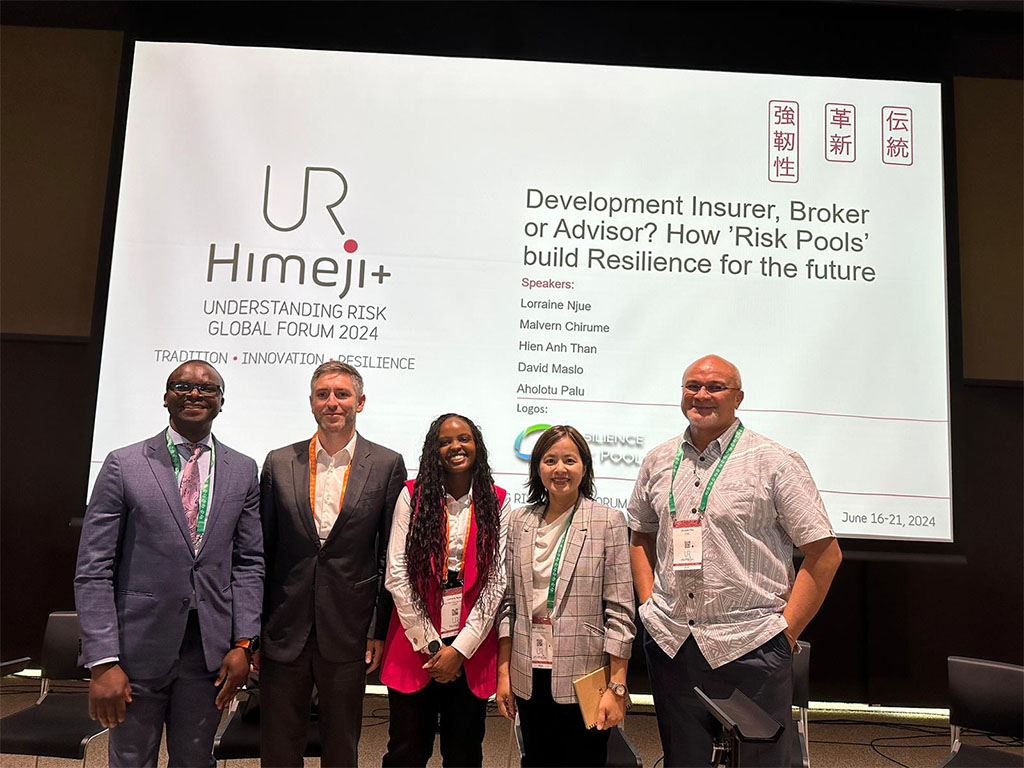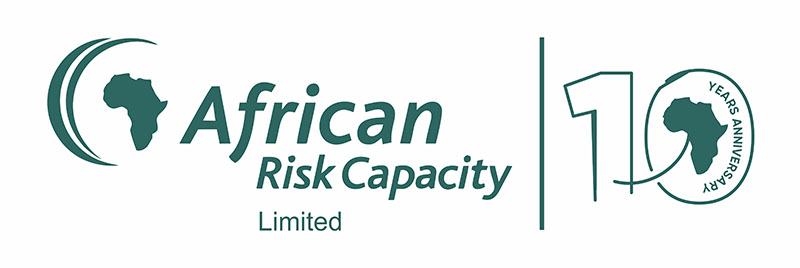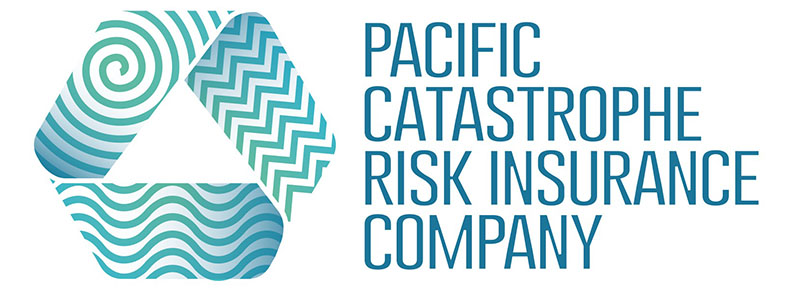On Wednesday 19 June, the four Regional Risk Pools leaders, African Risk Capacity (ARC) Ltd. Chief Underwriting Officer Malvern Chirume, CCRIF SPC (formerly the Caribbean Catastrophe Risk Insurance Facility) Chief Risk Management Officer David Malso, Pacific Catastrophe Risk Insurance Company (PCRIC) CEO Aholotu Palu and SEADRIF Insurance Company Executive Director Hien Anh Than, delivered an interactive session on 'Development Insurer, Broker, or Advisor? How Risk Pools Build Resilience for the Future'. The session focused on the development of Regional Risk Pools and the resilient future we can build together. The turnout and responses from the audience were encouraging. Lorraine Njue, ARC Ltd.'s Head of Strategy and Partnerships, moderated the session, creatively set the stage and attracted participants to continue the conversation on this important topic during the focus day event the next day.

Risk pools are innovative, demand-driven pioneers in Disaster Risk Finance (DRF) and Parametric Insurance. At their core, risk pools provide insurance solutions to members. However, 20 years after the establishment of the first risk pool, CCRIF, their roles are expanding to support the evolving needs of their members. Risk pools now face new challenges and opportunities as they grow into a new generation of development insurers. The Regional Risk Pools’ leaders reflected on the progress of their company, bottleneck, and growing demand.
The discussion showcased sources of growth and diversification, for example new products such as insurance for agriculture, energy, and infrastructure as well as new policy holders such as non governmental organizations and utilities. Examples highlighted include ARC’s collaboration with humanitarian agencies and CCRIF’s work with electric utilities. The representatives from risk pools highlighted that sufficient capital and financial sustainability are essential for risk pools to progress and grow the protection provided to our members. Collaborating with new stakeholders, including social protection entities, state-owned agencies, aggregators, and multilateral development banks can further scale up the development impact of risk pools.






